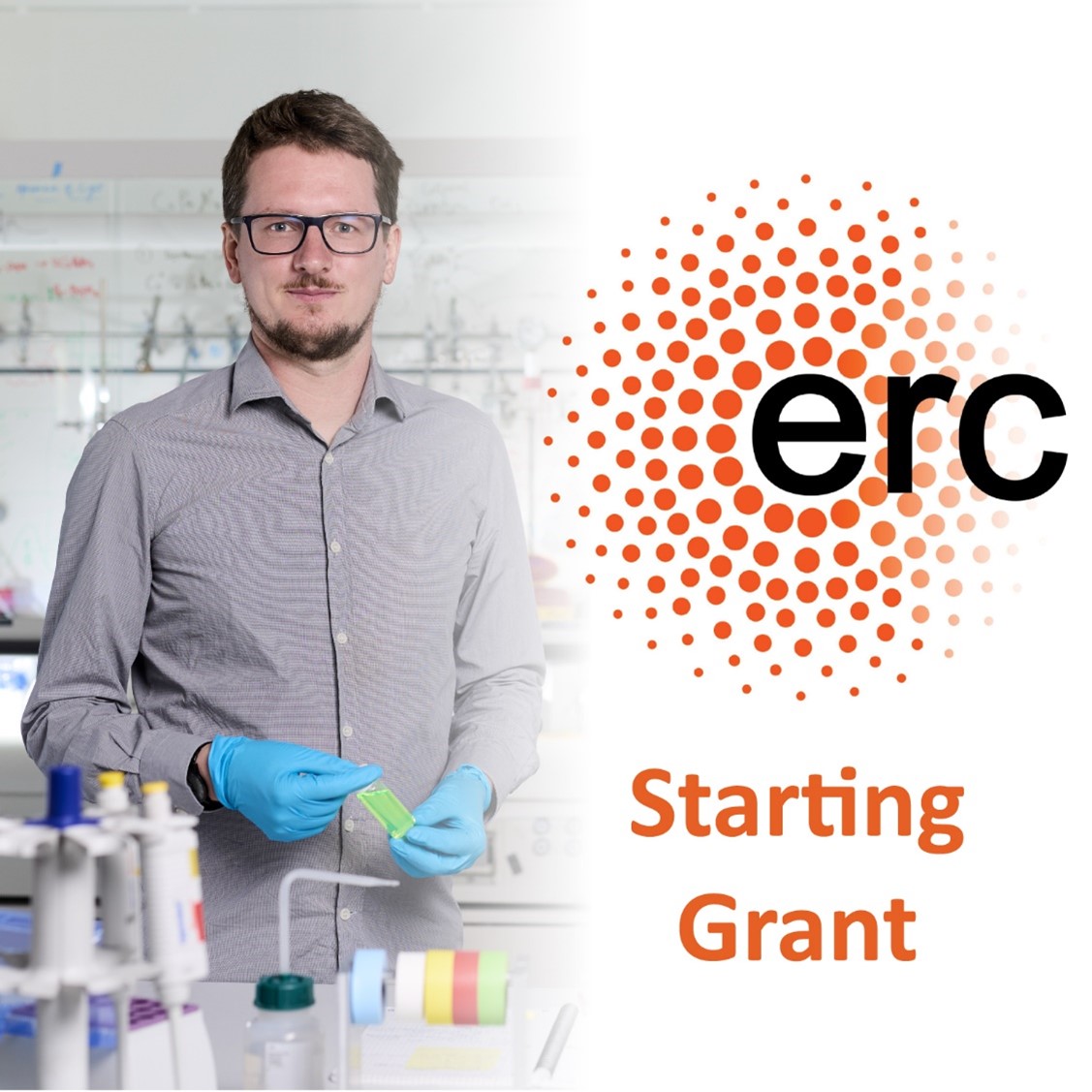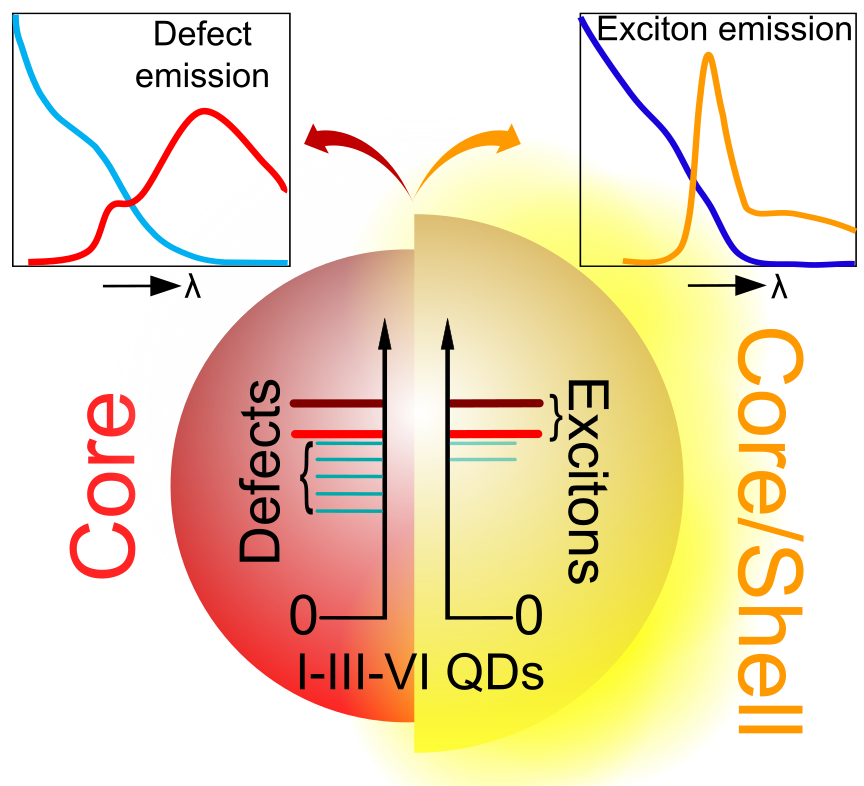Content
Laser printing of gold nanoparticles on photonic crystal nanocavity
13.08.2013

Our work on the "Photonic-Crystal Nanocavities Containing Plasmonic-Nanoparticles Assembled Using a Laser-Printing Technique" has been published in Advanced Optical Materials. In this manuscript, an optical printing technique is used to accurately position a 150 nm diameter gold nanoparticle onto a sub-micrometer linear three-hole defect of a photonic crystal nanocavity. It is shown, that there is an electromagnetic interaction between the gold nanoparticle and the cavity mode, with the electromagnetic field within the cavity being dissipated by driving the gold nanoparticle plasmon resonance. The use of a printing technique to selectively position nanoparticles onto a surface-accessible cavity potentially allows the hybridisation between electronic, excitonic, and optical states to be explored with high precision.
13.08.2013

Our work on the "Photonic-Crystal Nanocavities Containing Plasmonic-Nanoparticles Assembled Using a Laser-Printing Technique" has been published in Advanced Optical Materials. In this manuscript, an optical printing technique is used to accurately position a 150 nm diameter gold nanoparticle onto a sub-micrometer linear three-hole defect of a photonic crystal nanocavity. It is shown, that there is an electromagnetic interaction between the gold nanoparticle and the cavity mode, with the electromagnetic field within the cavity being dissipated by driving the gold nanoparticle plasmon resonance. The use of a printing technique to selectively position nanoparticles onto a surface-accessible cavity potentially allows the hybridisation between electronic, excitonic, and optical states to be explored with high precision.




